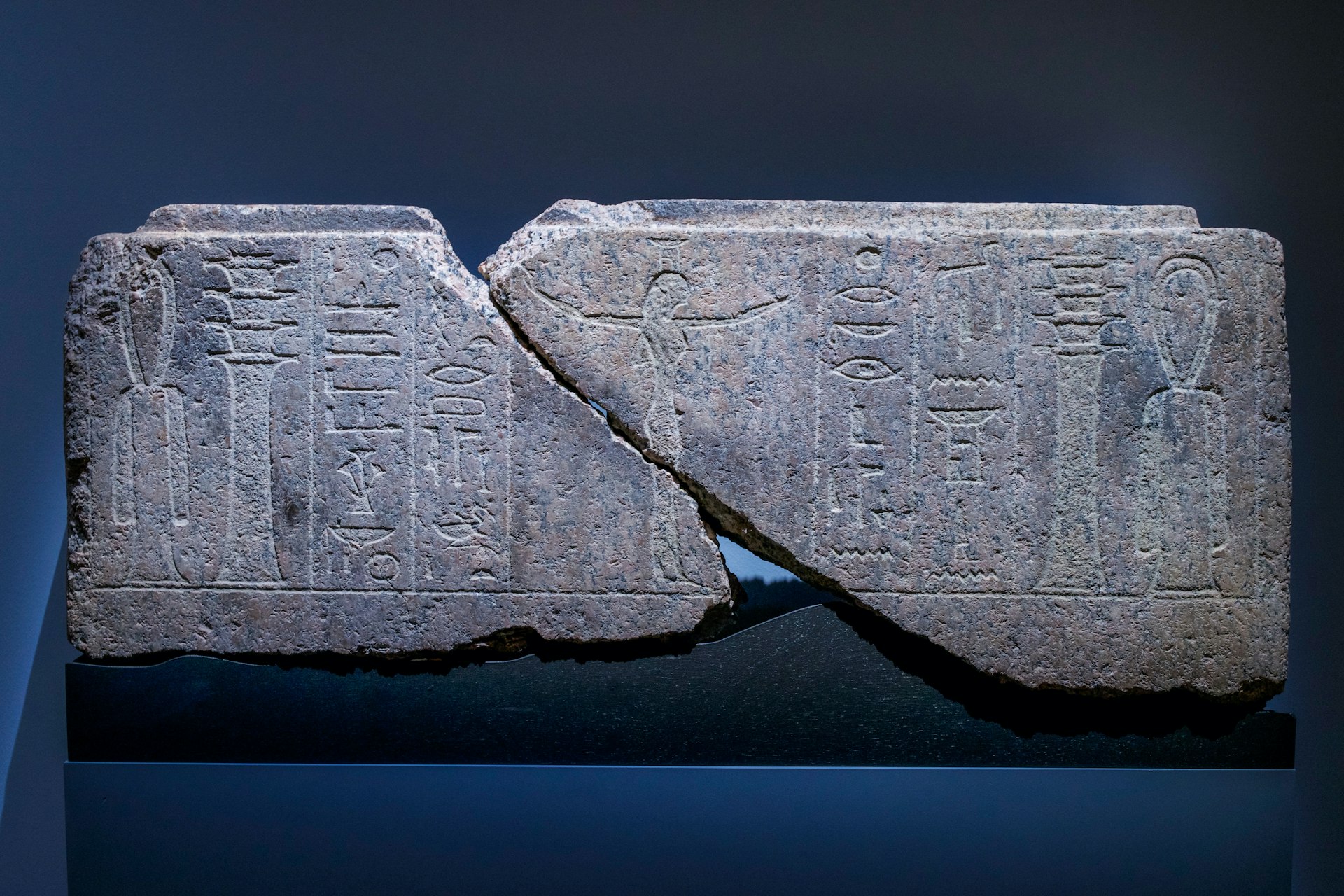Unlocking Career Growth: Actionable Strategies for Personal Branding Success

Photo by Walls.io on Unsplash
Introduction: Why Personal Branding Drives Career Development
In today’s competitive professional landscape, personal branding has become a critical driver of career development . A strong personal brand not only highlights your skills and accomplishments but also clarifies your values, passions, and unique contributions. By thoughtfully managing your personal brand, you can attract the right opportunities, build meaningful connections, and achieve long-term career success [1] .
Understanding Personal Branding: Beyond Self-Promotion
Personal branding goes far beyond self-promotion or social media posts. It involves a deep understanding of your values, strengths, and professional goals. According to Harvard Business School Online, the foundation of an effective personal brand is defining your purpose and the value you offer to others. This process requires honest introspection and alignment with your long-term aspirations [1] .
For example, a marketing professional might position themselves as a “data-driven storyteller who helps brands connect with their audiences through compelling digital content.” This clarity sets the stage for targeted career growth and meaningful networking.
Step 1: Define Your Purpose and Value Proposition
Start by asking yourself key questions:
- What motivates you professionally?
- What skills and experiences set you apart?
- What do you want to be known for?
Write a concise statement that captures your unique value. This will serve as your personal brand foundation and guide your decisions moving forward. For instance, if your goal is to become a recognized leader in project management, focus your narrative around leadership, organization, and results-driven achievements [2] .
Step 2: Audit Your Current Personal Brand and Reputation
Before making changes, evaluate how you are currently perceived. This involves:
- Reviewing your online presence (LinkedIn, personal website, social media)
- Soliciting feedback from colleagues, mentors, and supervisors
- Assessing your credentials, social capital (network), and cultural capital (unique experiences and insights)
Identify the gap between your current reputation and your desired brand. For example, you may want to be seen as a thought leader but lack published articles or speaking engagements. This analysis will help you prioritize areas for growth [1] .
Step 3: Identify and Develop Your Niche
Career development accelerates when you focus on a specific niche or area of expertise. Specialization makes it easier to stand out and attract opportunities aligned with your strengths. For instance, rather than branding yourself as a general “consultant,” you might position yourself as an “e-commerce logistics optimization expert.” This targeted approach increases your visibility and value to employers and clients [3] .
Explore your existing skills and consider future trends in your industry. Forecast where you want to be in five or ten years, and identify the competencies needed to get there. This proactive planning ensures your personal brand evolves alongside your career goals [4] .
Step 4: Craft Your Personal Brand Narrative
People remember stories, not just resumes. Develop a compelling narrative that weaves together your experiences, values, and aspirations. Share this story during interviews, on your LinkedIn profile, or when networking. For example, instead of listing job titles, describe how a challenging project shaped your leadership style or how a personal passion inspired your career pivot [3] .
Sharing stories humanizes your brand and creates stronger emotional connections with your audience. If you lack public speaking experience, start by writing LinkedIn articles or contributing to industry blogs.
Step 5: Optimize Your Online Presence
Your digital footprint is often the first impression you make. More than 90% of recruiters use LinkedIn to find candidates, making it essential to keep your profile updated and aligned with your personal brand [4] .
To optimize your online presence:
- Update your LinkedIn headline and summary to reflect your value proposition
- Showcase relevant achievements, publications, and endorsements
- Use a professional photo and custom banner
- Contribute to discussions, share insights, and network with industry peers
Depending on your field, consider building a personal website or portfolio to display your work. For creative professionals, platforms like Behance and Dribbble can also help you reach target audiences. Always monitor your online reputation using tools like Google Alerts or online reputation management services [2] .
Step 6: Build and Leverage Your Network
Networking is a cornerstone of career development through personal branding. Engage in industry events, webinars, and workshops to build relationships with peers, mentors, and potential employers. When reaching out, reference shared interests or goals to create authentic connections.
To expand your network:
- Attend professional association meetings or conferences
- Join online industry groups and forums
- Participate in alumni networks or community organizations
- Offer value by sharing knowledge and connecting others
Networking not only increases your visibility but also helps you stay informed about new opportunities and trends [2] .
Step 7: Commit to Continuous Professional Development
Personal branding and career development require ongoing learning and adaptation. Dedicate time to skill-building through courses, certifications, or self-directed study. Many professionals benefit from creating a personal development plan that outlines their learning objectives and timelines [2] .
If you are employed, seek your employer’s support for training or mentorship programs. If you are self-employed or changing fields, explore online learning platforms and local workshops. Regularly update your brand materials to reflect new skills and achievements.
Overcoming Common Challenges in Personal Branding
Building a personal brand can be challenging, especially for those uncomfortable with self-promotion. To navigate these obstacles:

Photo by Jon Tyson on Unsplash
- Focus on providing value to others, not just highlighting yourself
- Solicit feedback from trusted peers to refine your messaging
- Stay authentic and consistent across all channels
- Adapt your strategy based on results and changing career goals
If you encounter negative feedback or online reputation issues, address them constructively and seek guidance from mentors or professional services if needed [2] .
Alternative and Supplementary Approaches
While digital branding is effective, in-person networking and community involvement remain powerful tools. Volunteer work, speaking engagements, and participation in professional associations can all enhance your reputation and expand your influence.
Additionally, consider mentorship-either receiving guidance from experienced professionals or mentoring others. Both roles reinforce your expertise and expand your network.
Action Steps: Implementing Your Personal Brand for Career Growth
To put these strategies into action:
- Reflect and write your value proposition and brand statement.
- Audit your online presence and update your profiles.
- Identify and pursue a niche or specialization.
- Share your story through articles, interviews, or presentations.
- Engage in continuous networking and professional development.
- Track your progress and adapt your strategy over time.
For additional support, you can search for personal branding workshops or executive education programs through reputable universities like Harvard Business School Online or Berkeley Executive Education. To find career coaching services, consider searching for certified career coaches through professional associations such as the International Coaching Federation (ICF).
References
- [1] Harvard Business School Online (2023). Personal Branding: What It Is and Why It Matters.
- [2] UC Berkeley Executive Education (2023). Creating a Purpose-Driven Personal Brand.
- [3] Intuitive Careers (2023). The Ultimate Guide to Building a Personal Brand.
- [4] Northeastern University (2023). Tips for Building Your Personal Brand.



